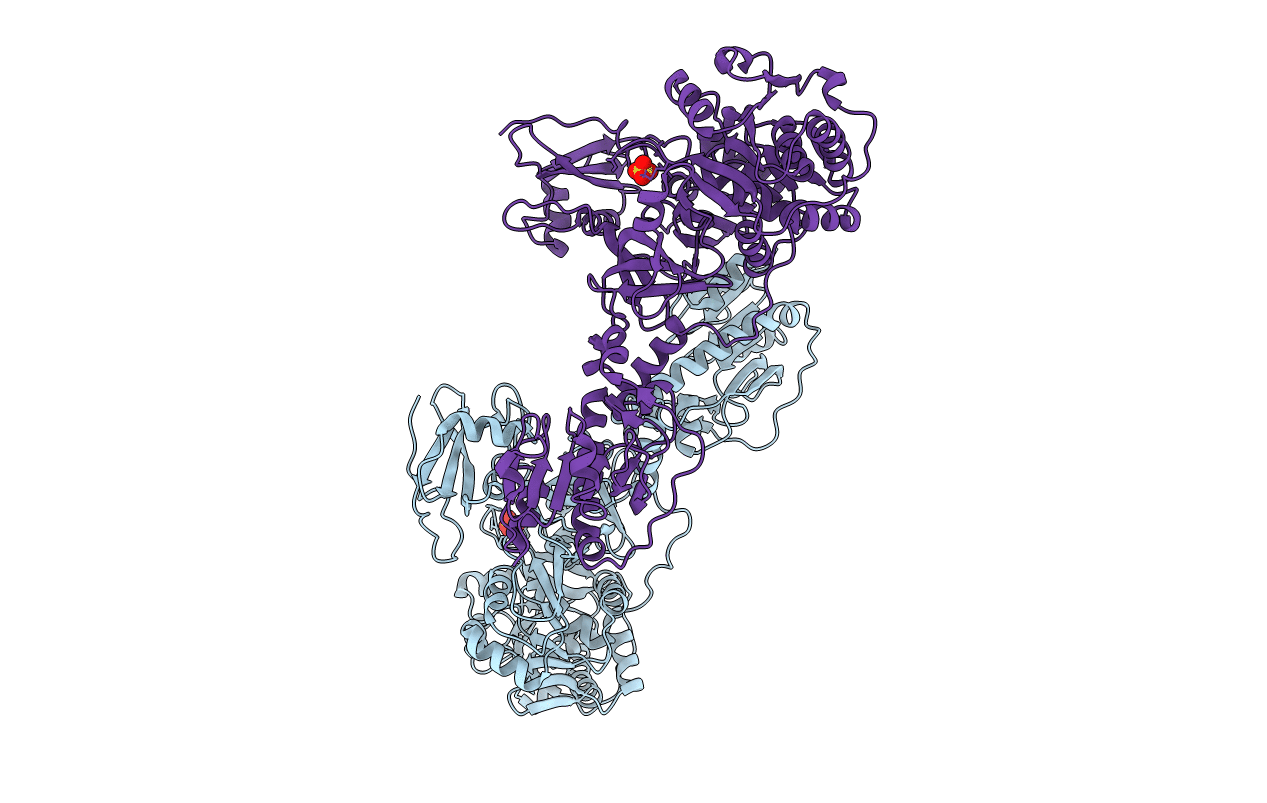
Deposition Date
2015-11-16
Release Date
2016-01-20
Last Version Date
2023-09-27
Entry Detail
PDB ID:
5ES5
Keywords:
Title:
Crystal structure of the initiation module of LgrA in the "open" and "closed " adenylation states
Biological Source:
Source Organism:
Brevibacillus parabrevis (Taxon ID: 54914)
Host Organism:
Method Details:
Experimental Method:
Resolution:
2.80 Å
R-Value Free:
0.26
R-Value Work:
0.22
R-Value Observed:
0.22
Space Group:
H 3


